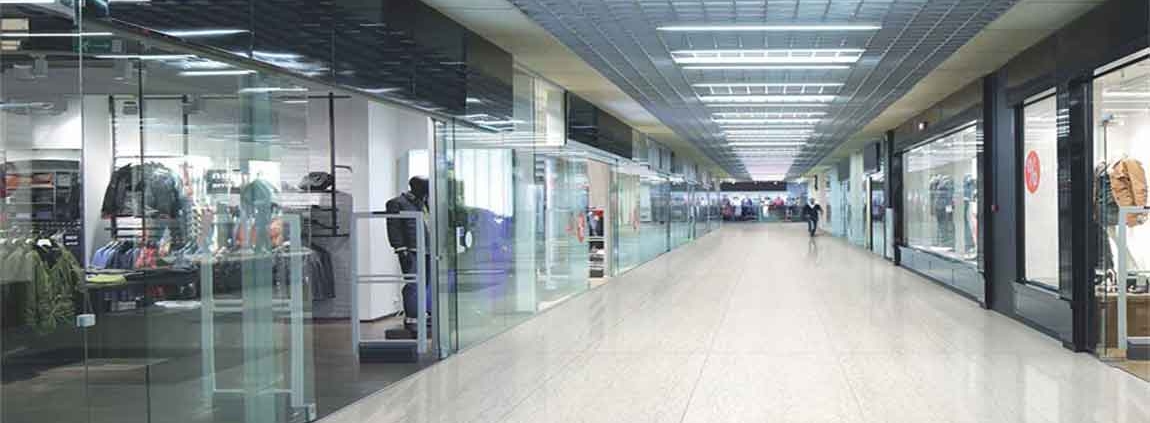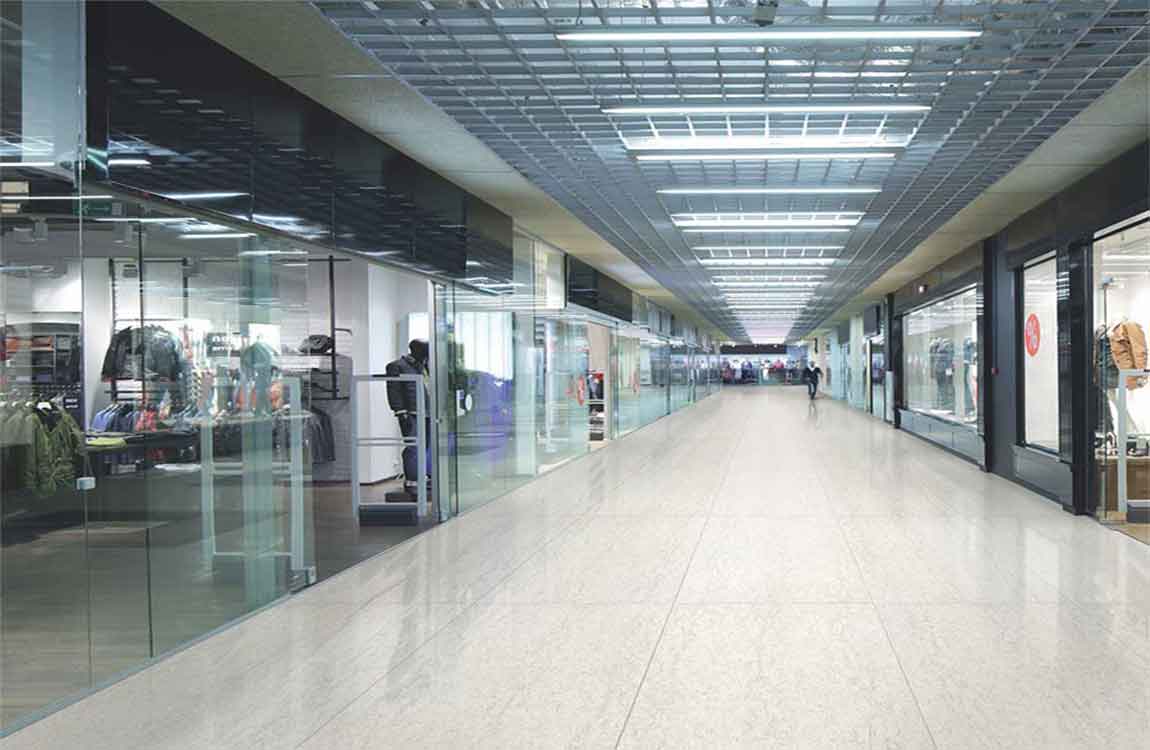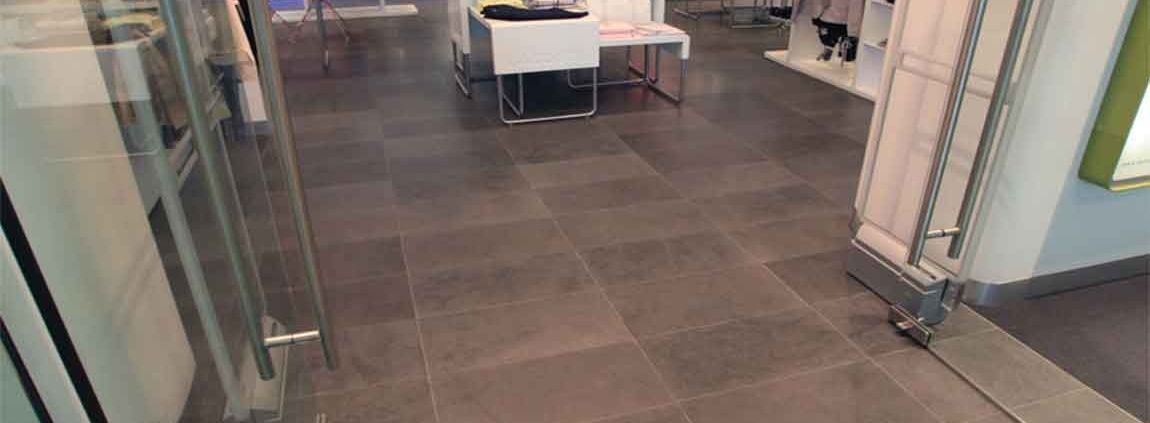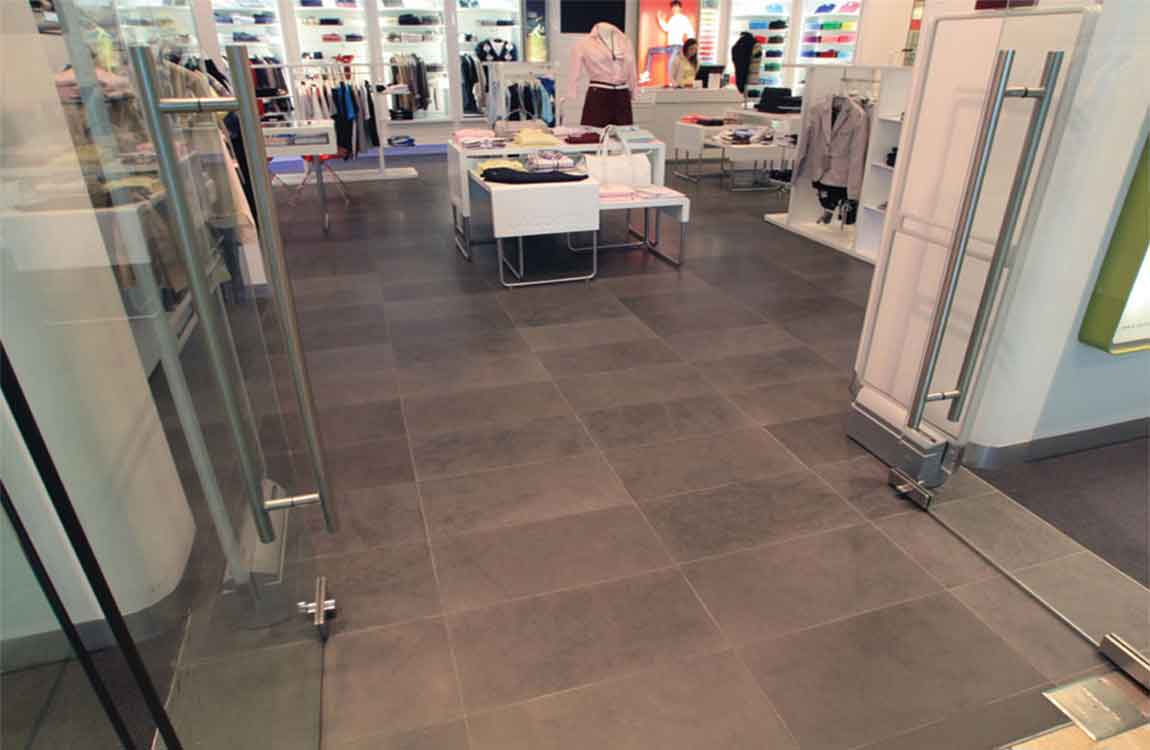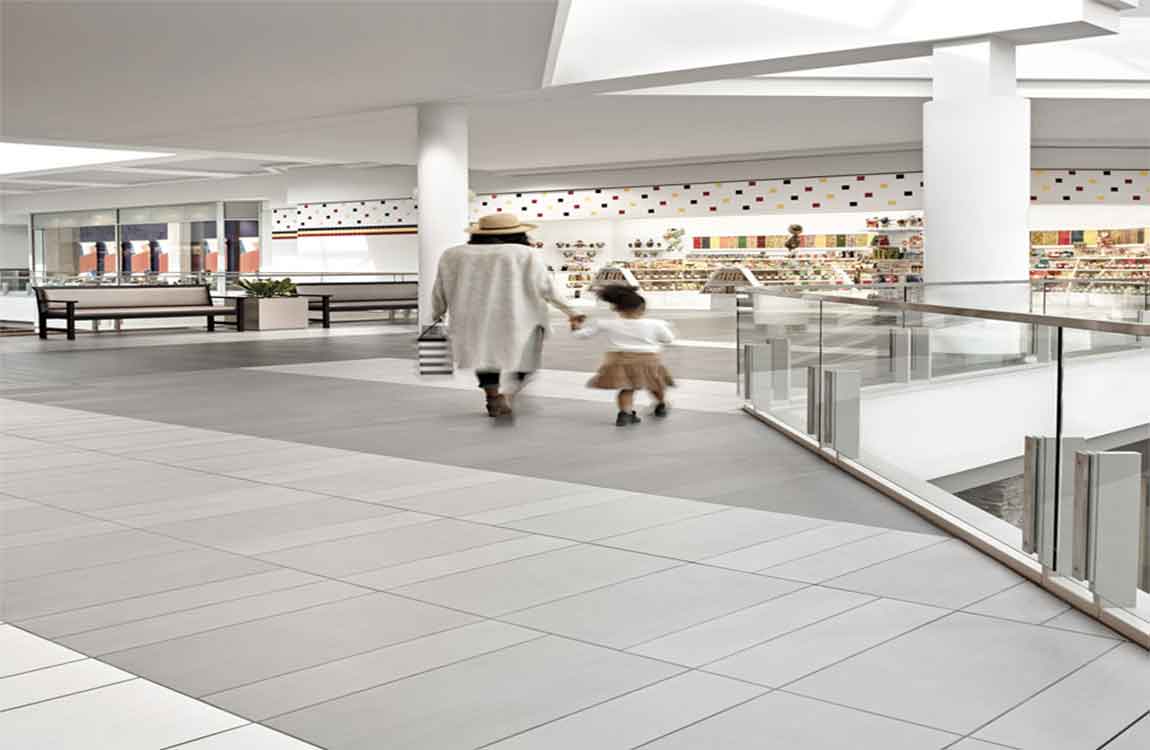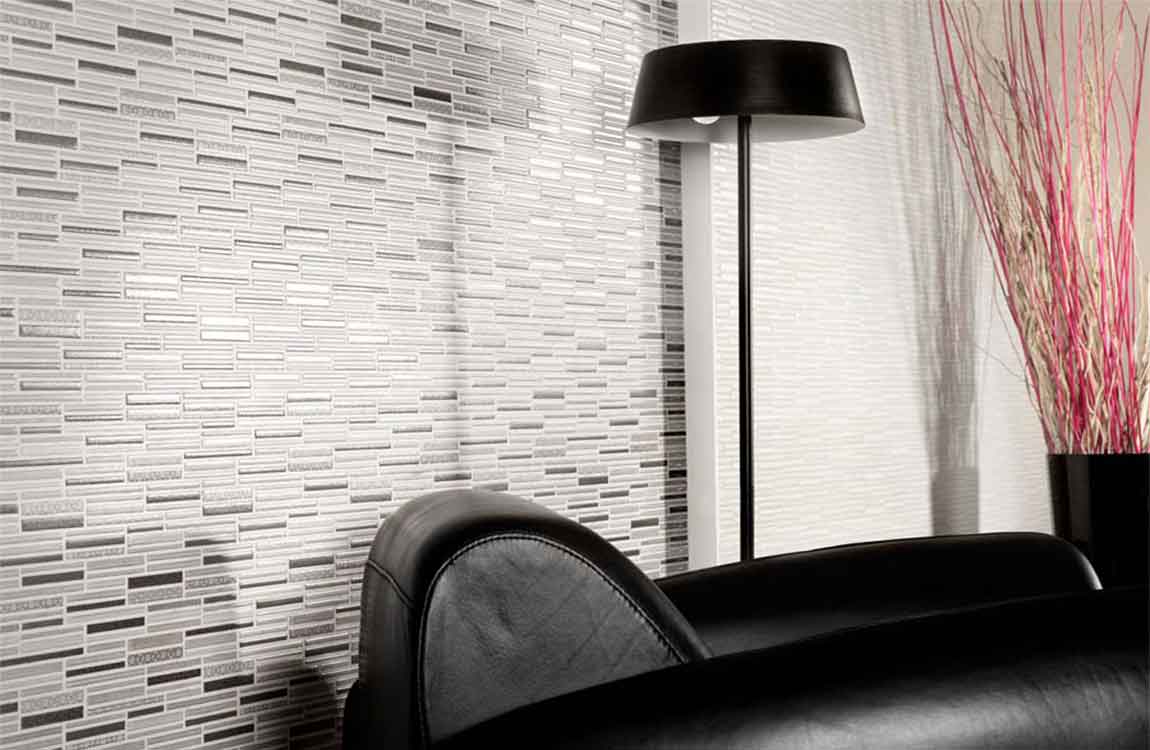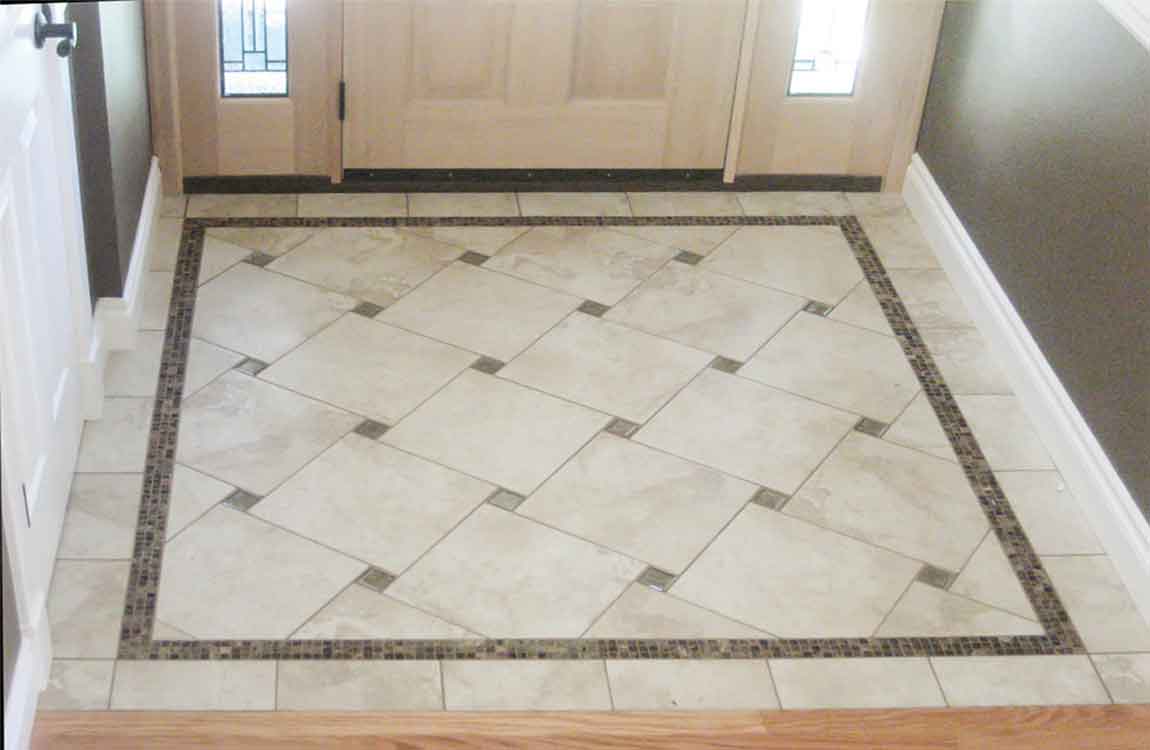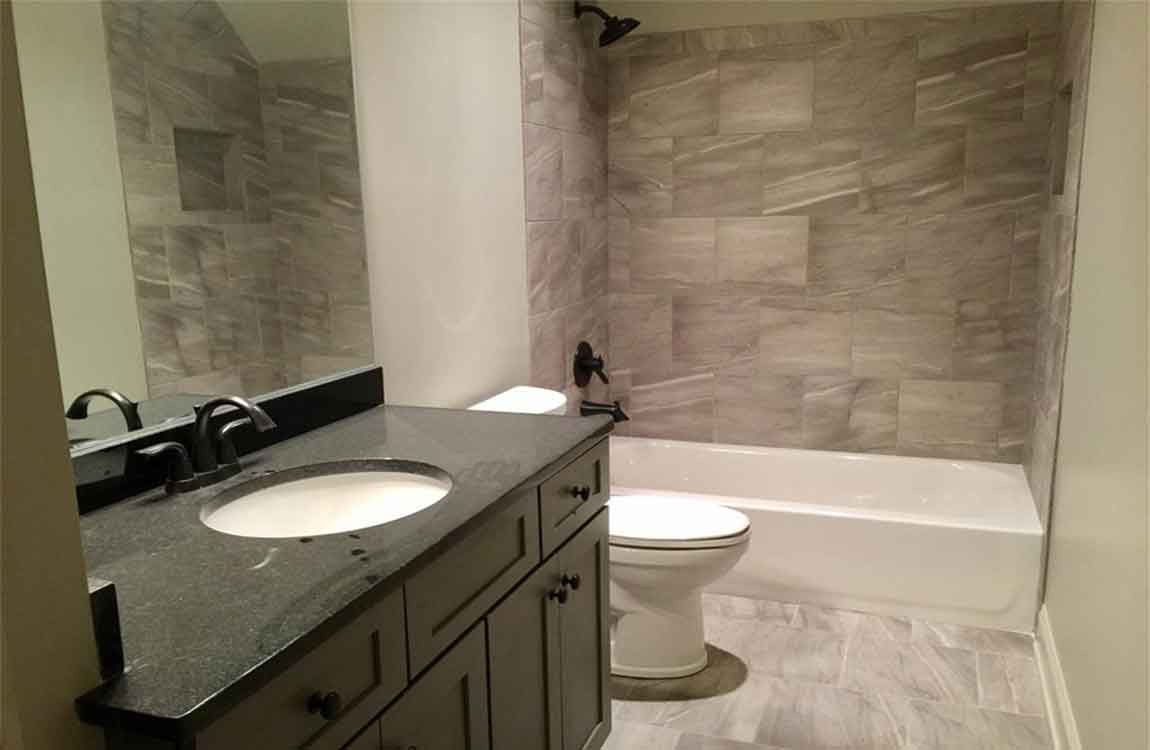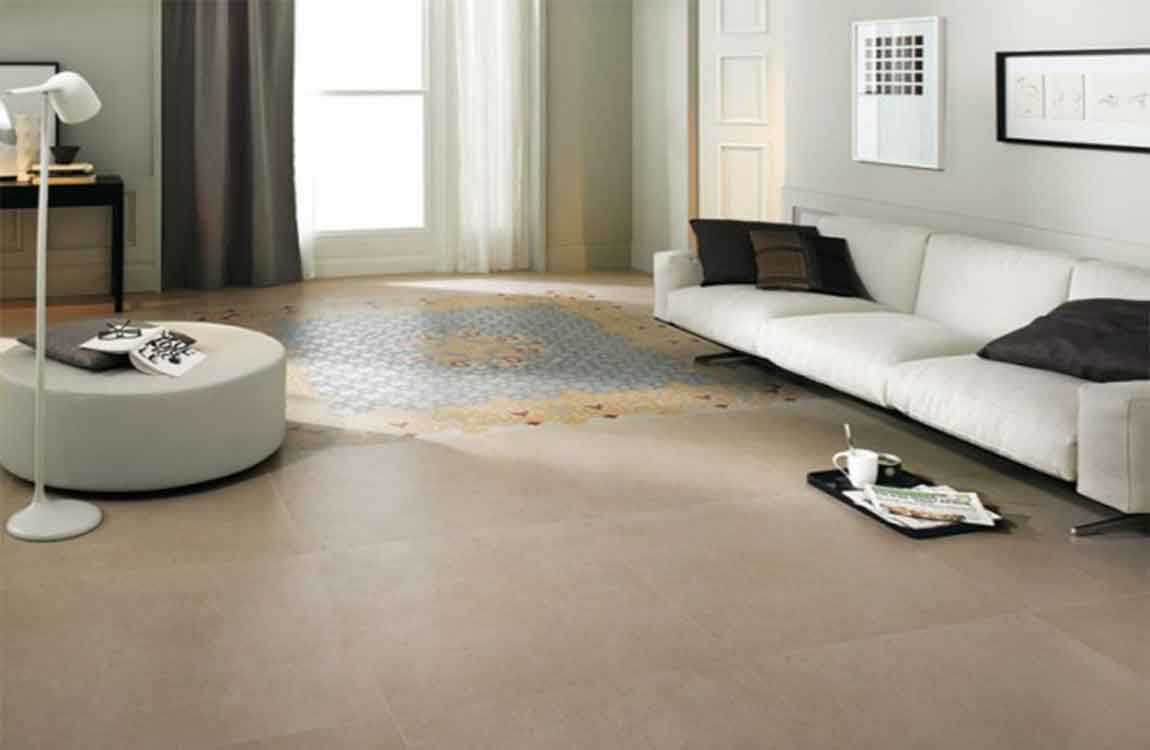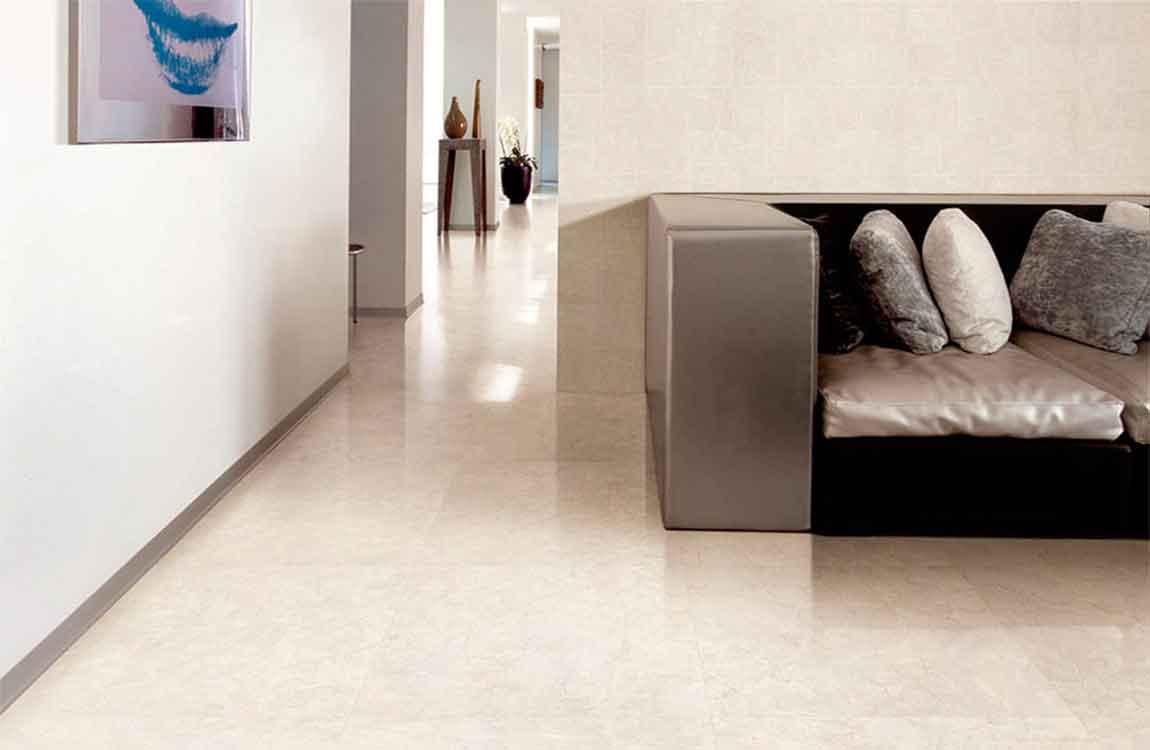How Buffing Your Floor by Hand?
Start in the far corner of the room. Then, work your way backward toward the entrance to the room. Don’t pass back over areas you’ve already buffed, as they need time to dry. Work in 3 ft (0.91 m) by 3 ft (0.91 m) sections until you finish buffing. Focusing on small sections will help you achieve better results. Plus, it will keep you from getting overwhelmed during the process.
If you don’t like the results of your first few sections, you might decide to stop hand buffing the floor and switch to a machine. Some floors won’t show much improvement from hand buffing. Depending on the size of your room, it can take a while to finish buffing. It’s a good idea to take regular breaks, if necessary.
Spray a buffing solution onto your floor for extra shine. When you’re buffing by hand, spray the solution onto just the area where you’re working so the solution won’t be dry by the time you get across the room. It’s best to use a bottle with a spray nozzle to evenly distribute the solution.
If your solution doesn’t have a spray nozzle, use a clean cloth to wipe it onto the floor. Make sure you choose a buffing solution that’s formulated for your type of flooring material. If you prefer a natural option, create a white vinegar solution by adding 1 cup (240 mL) of white vinegar to 1 gallon (3.8 L) of water. Put the solution into a spray bottle, then spritz it onto your floor.
Use a microfiber cloth to buff the floor using tight, circular motions. Move your cloth slowly from side to side as you work each section. When you complete each pass, start the next one with some overlap with the previous pass. As you buff, apply as much pressure to the cloth as you can.

